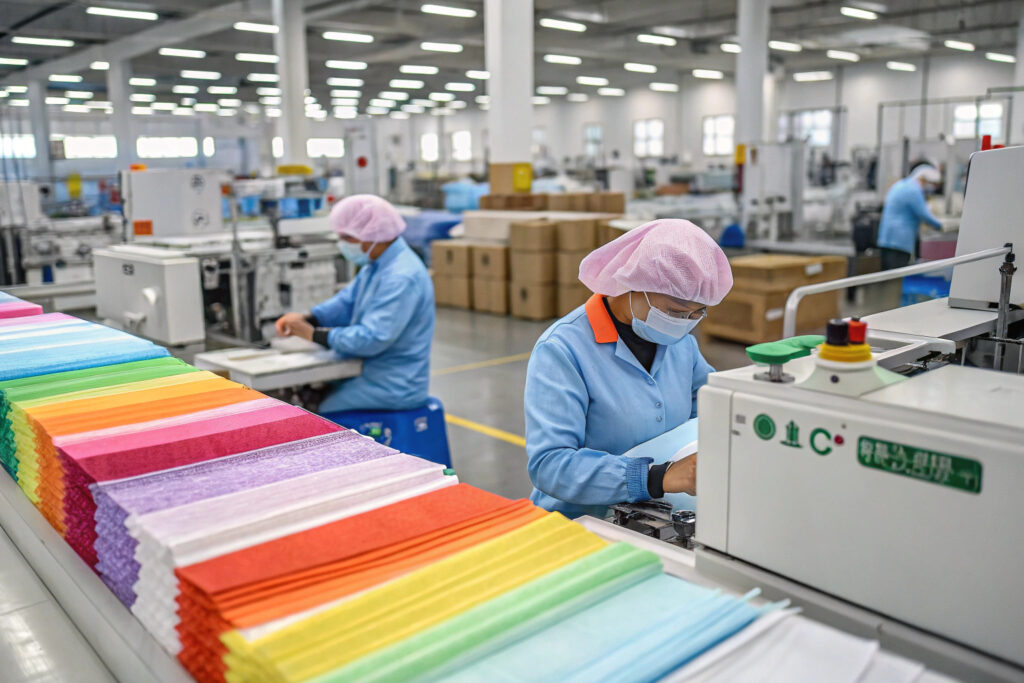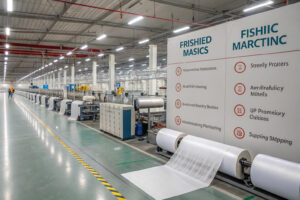Evaluating the total cost of China-made wholesale fabric masks isn’t just about counting price tags. While most industry buyers focus on the per-piece quote, the hidden costs—from quality assurance to logistics delays—can drastically affect profitability. If you're sourcing for the U.S. market, failing to assess the full picture could erode your margins.
The true cost of sourcing fabric masks from China includes product price, freight, tariffs, quality control, documentation, and more. Ignoring any of these can lead to unexpected losses and supply chain disruption.
In this post, I’ll walk you through the real math behind “price per piece”—and how we at Global-Caps help global buyers like Ron in America make smarter sourcing decisions.
What Hidden Costs Affect Wholesale Mask Pricing?
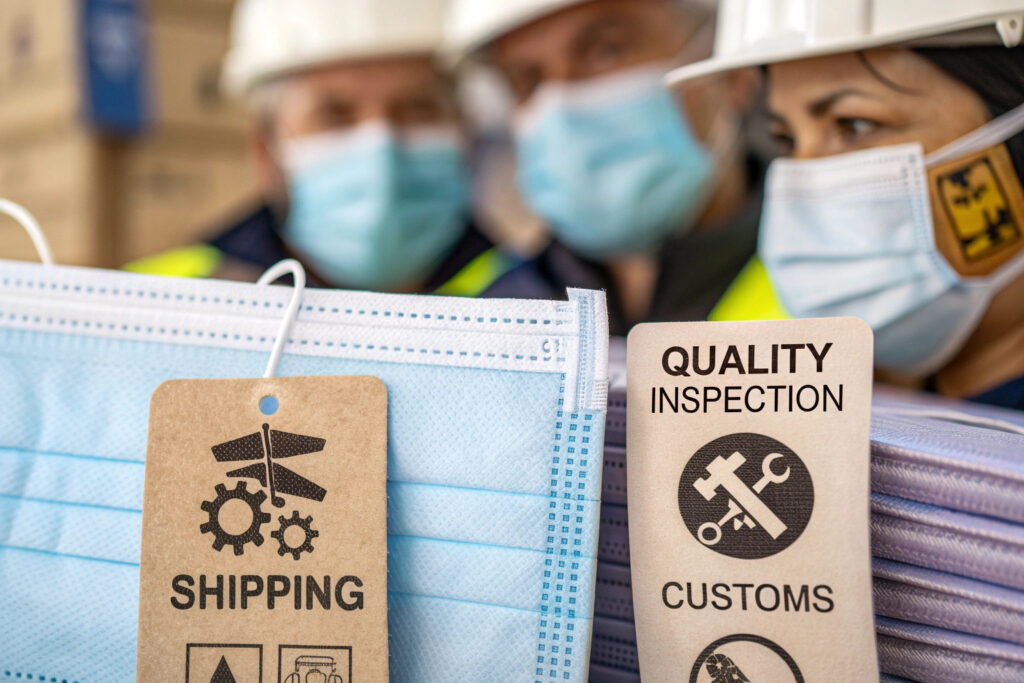
Are Fabric and Labor Costs the Whole Picture?
Many buyers only look at the factory quote—typically $0.20 to $0.80 per mask depending on design and layers. However, actual costs start stacking as soon as you request custom features like filter pockets, adjustable straps, or antimicrobial finishes. Additionally, if your supplier lacks vertical integration, they'll outsource fabrics, causing both delays and markups.
According to sourcing experts from Alibaba's Global Trade Trends, labor costs in China’s textile hubs have increased by 8–10% annually. Keqiao remains competitive due to integrated supply chains, but quote comparisons should account for who owns fabric mills, who handles QC, and whether packaging is in-house.
How Do Certifications and Compliance Add to Cost?
If you're importing to regulated markets like the U.S. or EU, your masks likely need to comply with OEKO-TEX, REACH, or even FDA guidelines for face coverings. A supplier may quote a base price without including compliance testing.
For example, acquiring a BSCI certification or SGS testing can add $0.02–$0.08 per unit when split over a small batch. And if you don’t verify these documents beforehand, customs delays could cost you much more than that.
How Do Logistics Impact the Final Landed Cost?
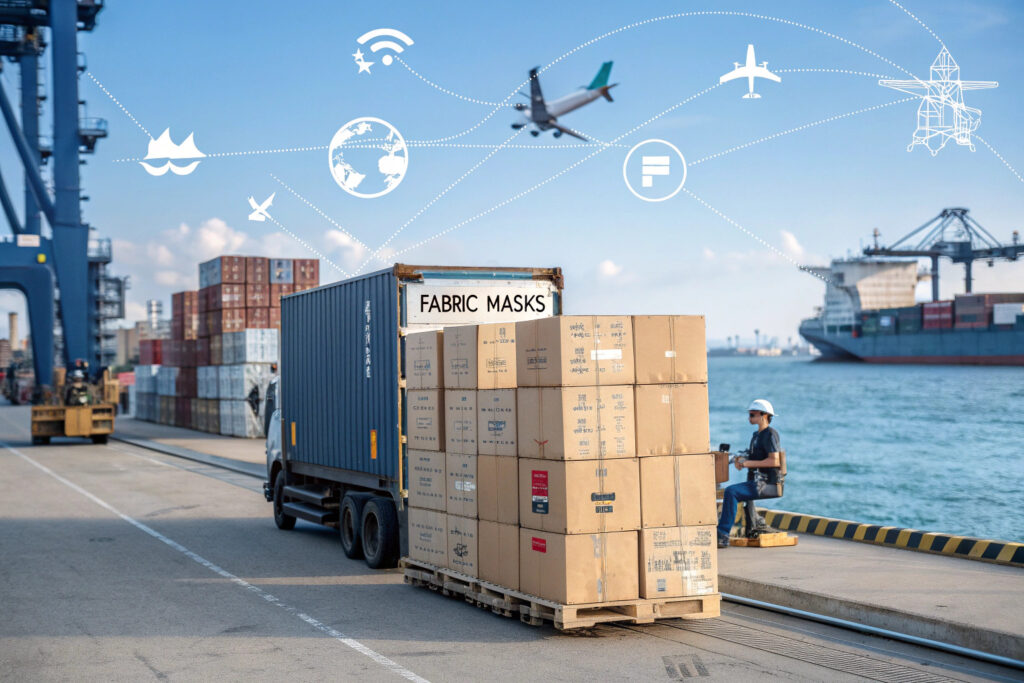
Should You Choose DDP, FOB, or CIF Terms?
Your payment terms significantly affect your landed cost. Many U.S. clients prefer DDP (Delivered Duty Paid) because it removes the complexity of customs and duties. However, it often includes higher service charges.
For example:
| Shipping Term | Who Pays Freight | Who Handles Customs | Average Cost Impact |
|---|---|---|---|
| FOB | Buyer | Buyer | Lower base cost, higher total risk |
| CIF | Supplier | Buyer | Balanced but slower updates |
| DDP | Supplier | Supplier | Seamless but +15–20% markup |
If your freight forwarder fails to provide real-time tracking tools or misses the vessel schedule, a one-week delay can lead to lost sales or penalties.
How Do Port Delays and Peak Seasons Affect Mask Shipments?
Shipping in Q4 or around Chinese New Year means port congestion and blank sailings. A 20ft container that cost $1500 in May might shoot up to $4000+ in October. Moreover, air freight—though faster—can cost 5x more than ocean for the same cargo.
Tools like Freightos Index show historical rates for popular China–US routes. If your masks are part of a seasonal promotion or COVID-sensitive launch, shipping delays can ruin the entire campaign window.
What Are the Cost Implications of Quality Control?
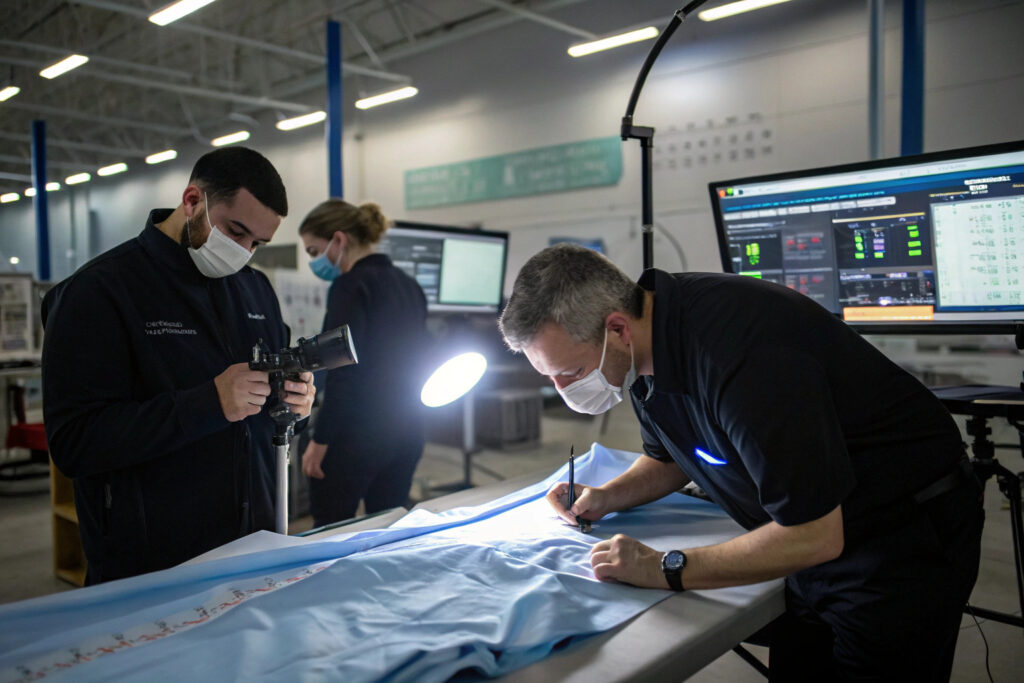
Can Inconsistent Mask Quality Inflate Costs?
Absolutely. A shipment with 5–10% defects could get rejected, delayed, or require costly rework. In some cases, quality inconsistency leads to entire batches being dumped. We've seen clients lose $8,000+ on a $30,000 shipment due to lack of pre-shipment inspection.
Our factory integrates QR code traceability systems so buyers can access batch-level data on shrinkage, colorfastness, and stitching quality. This has helped reduce returns and claims by 50%.
How Much Should You Budget for Third-Party Inspections?
Third-party QC services from firms like QIMA or Intertek usually cost $200–$350 per man-day. That adds around $0.01–$0.03 per mask on large orders.
Alternatively, working with a supplier like Global-Caps—who has in-house QC with digital records and photo reports—can slash this cost significantly while maintaining transparency. For large buyers like Ron, we offer real-time dashboards synced to every PO.
Are Tariffs and Payment Terms Cost Drivers Too?
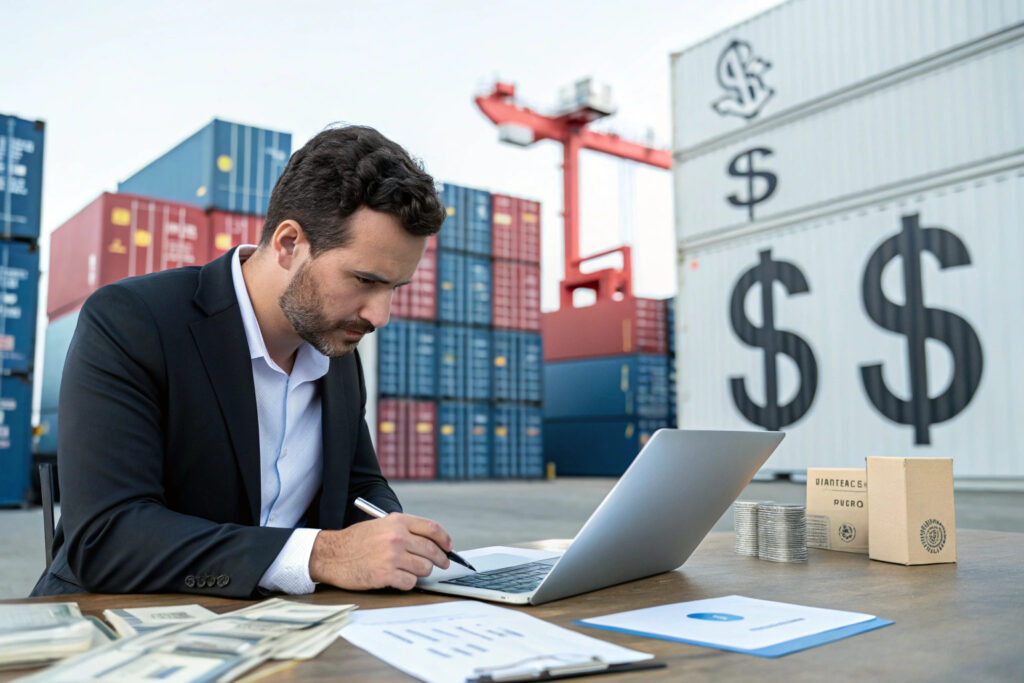
How Do Tariffs on Fabric Masks to the U.S. Add Up?
Although most cloth masks are now duty-free or enjoy preferential rates under HTS 6307, specific functions (like anti-microbial or sports use) can fall under alternate categories. In 2024, U.S. importers faced sudden classification changes during the 301 tariff adjustments, resulting in up to 25% retroactive duties.
The U.S. Customs HTS code database is your friend—but only if your supplier provides precise product classification. Mislabeling your masks can lead to audit fines or clearance holds.
What About the Cost of Payment Methods and Exchange Rates?
Wire transfers with poor FX rates, third-party bank charges, and supplier payment preferences can all add up. A 2% fluctuation in RMB-USD exchange rate on a $50,000 order equals $1,000 in loss.
We recommend using Wise Business or forward contracts through your bank. At Global-Caps, we’ve partnered with multiple banks in China to lock in preferred rates and reduce FX risk for bulk orders.
Conclusion
Sourcing wholesale fabric masks from China isn’t just about who gives you the lowest unit quote. From hidden logistics costs and certifications to quality assurance and payment terms, each component affects your landed cost and profit margins.
At Global-Caps, we help clients like Ron get more than a product—we help them get confidence. With one-stop development, R&D support, and intelligent QC, we make sure every penny works harder across your supply chain.
If you're ready to optimize your next wholesale fabric mask order with full cost transparency, contact our Business Director Elaine at elaine@fumaoclothing.com to begin your custom development today.

